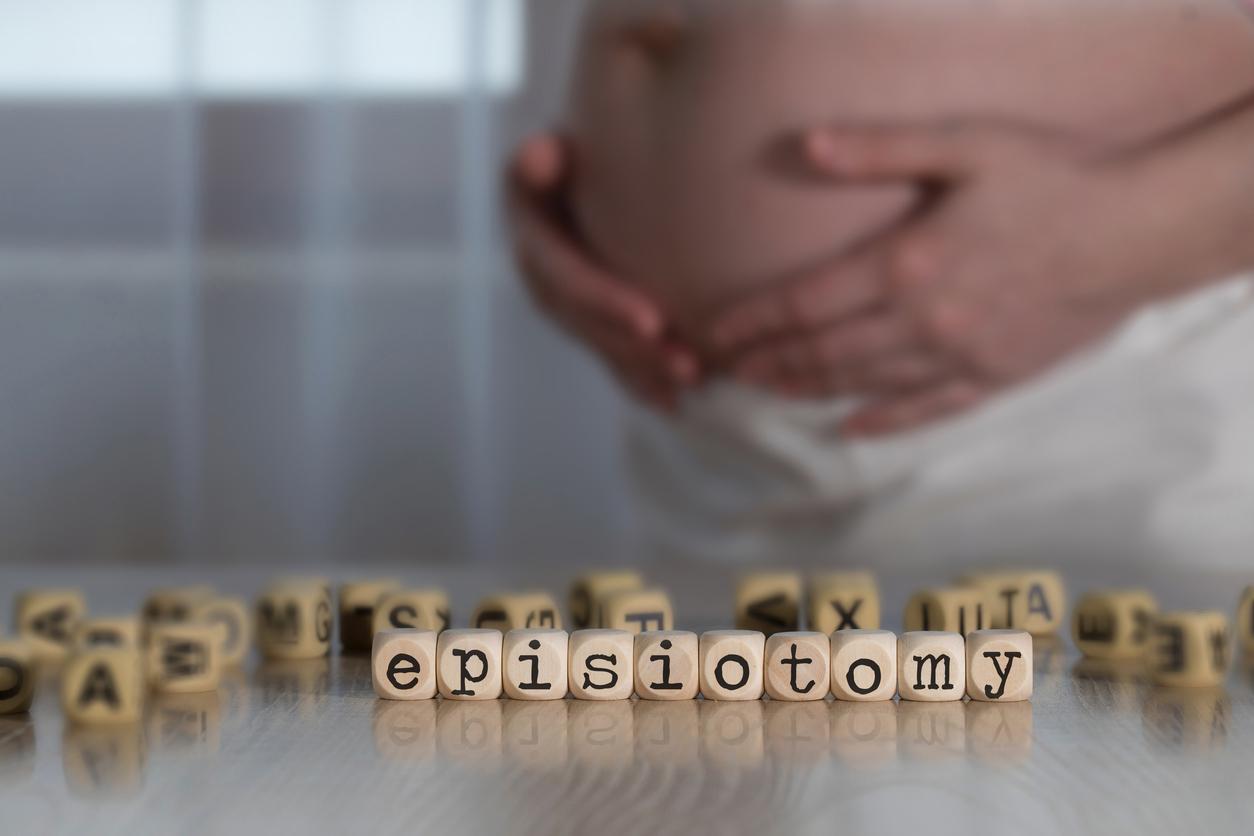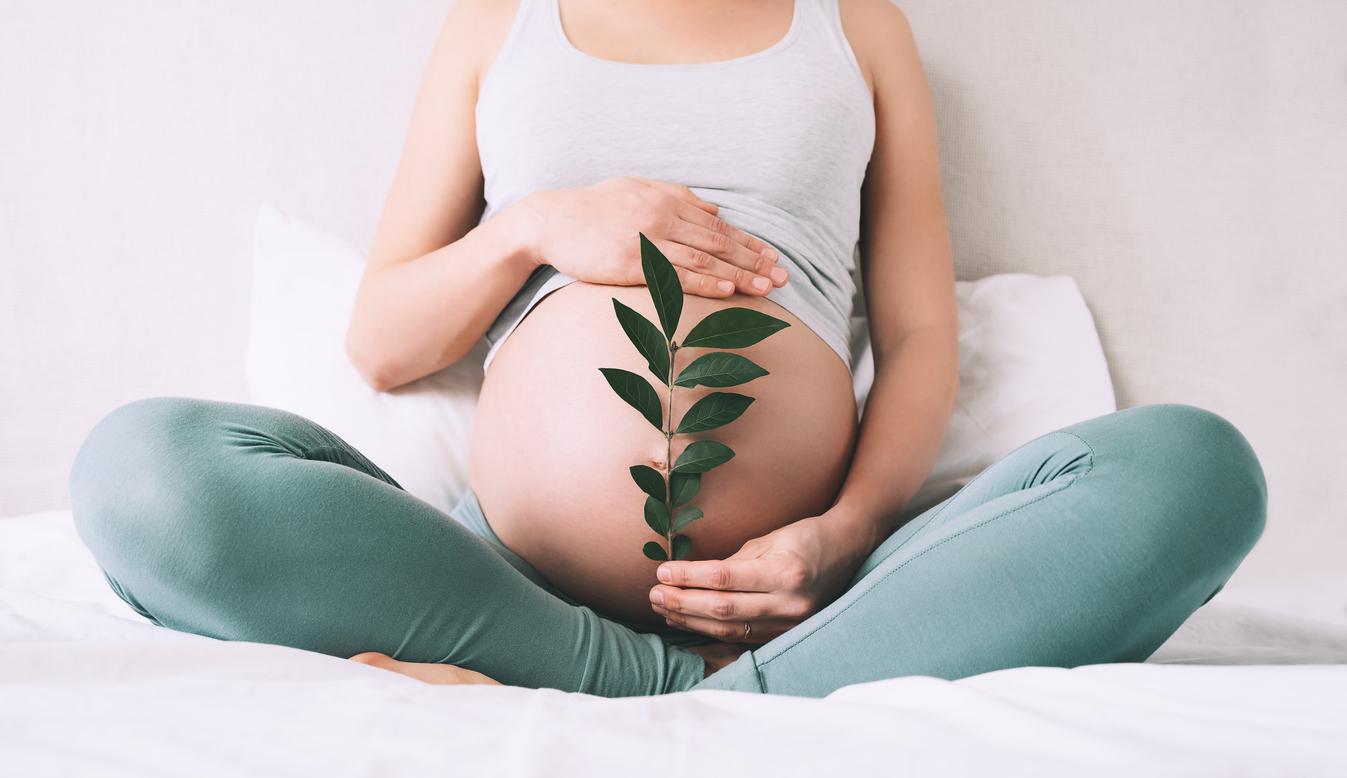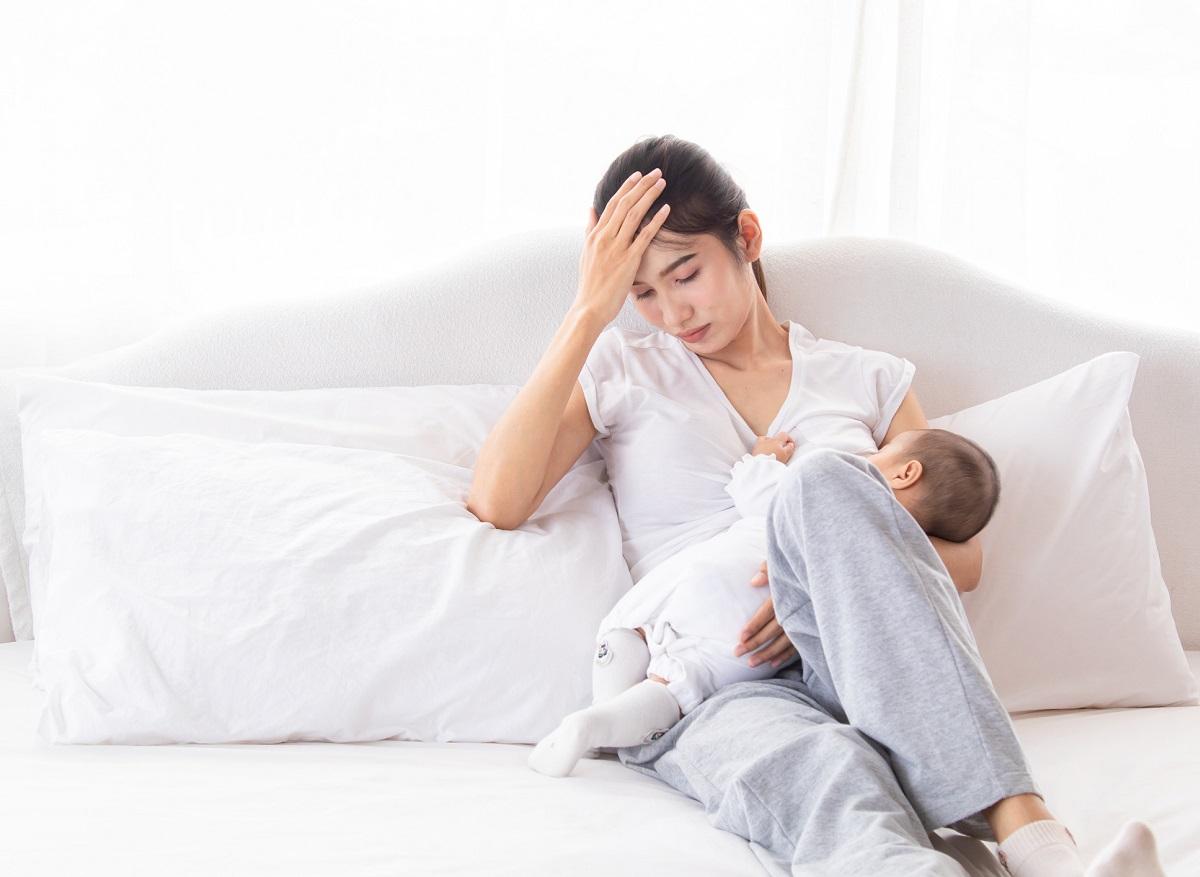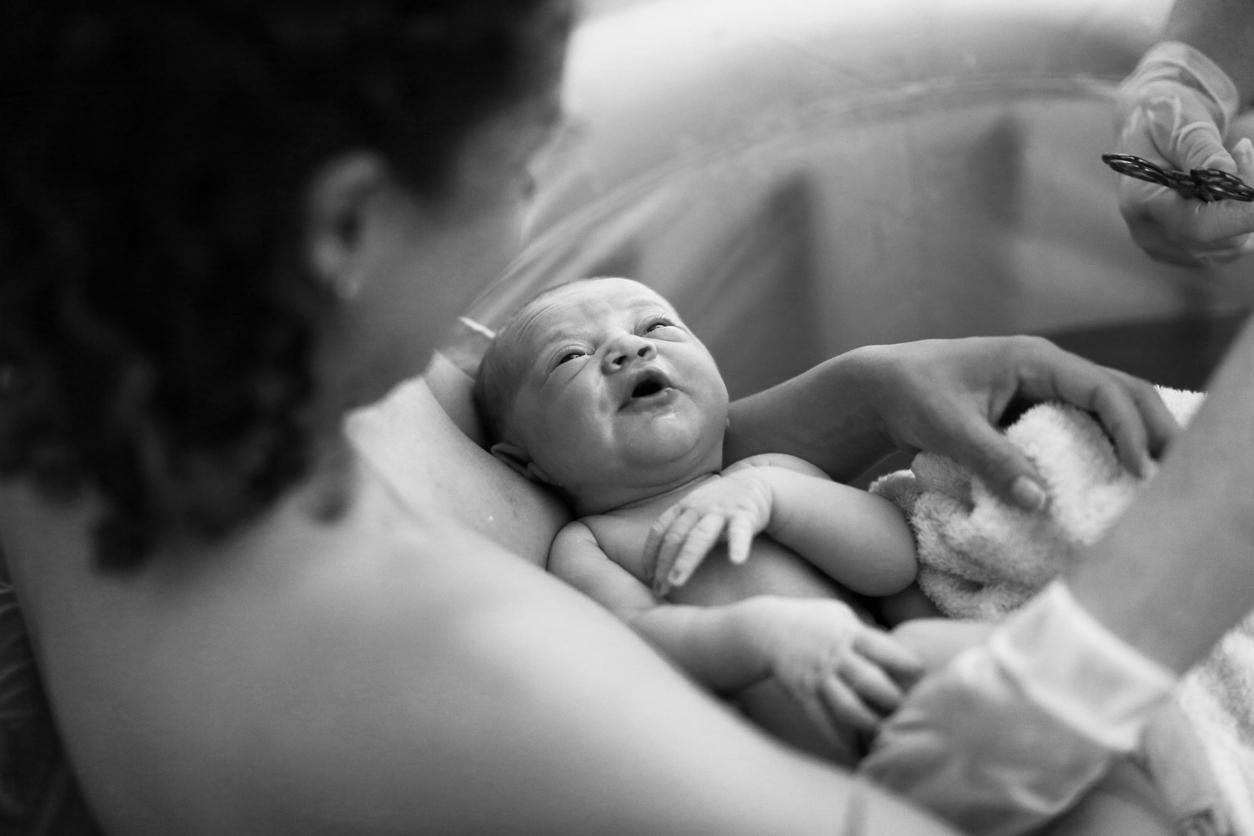Performed in one in five deliveries, episiotomy is a surgical procedure that tends to be practiced less and less. A study from the University of British Columbia, however, believes that this practice should still be considered to avoid tearing the perineum when using a suction cup or forceps.
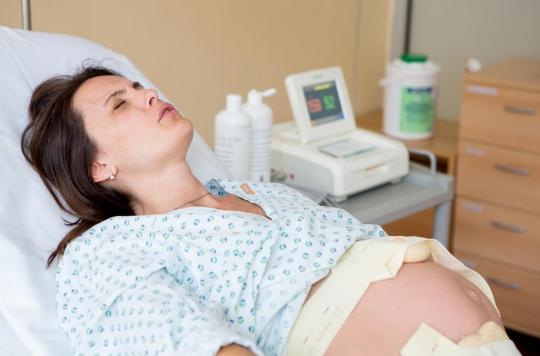
Experienced by many women as an intrusive and painful gesture, even as a trauma, the episiotomy consists of the incision on a few centimeters of the superficial muscles of the perineum at the time of the thrust to help the unborn child.
However, as early as the 1990s, studies revealed that this practice was not only ineffective in preventing tears, but that it could lead to increased pain and healing time compared to a simple perineal tear. and complicate the resumption of sexual life after childbirth.
A study by the University of British Columbia published in the Canadian Medical Association Journal tends however to demonstrate that episiotomy can be useful when using instruments such as forceps or the suction cup.
Benefits of episiotomy
The researchers based their findings on data provided by the Canadian Institute for Health Information to analyze trends in the practice of episiotomy on more than 2.5 million births registered in Canada between 2004 and 2017. They found that, overall, the rate of episiotomy tended to decrease in assisted and unassisted deliveries, even though this surgical procedure can protect against serious tearing when instruments are used.
Researchers also examined the relationship between episiotomy and obstetrical anal sphincter injury (OASI), a condition characterized by severe perineal tears. Severe tears in this area can lead to short and long term pain, infections, sexual problems and incontinence. In Canada and other industrialized countries, the rate of LOSA has increased by up to 15% in recent years. In 2017 alone, about 18% of Canadian women were diagnosed with OASIS after a forceps or vacuum delivery.
According to the results highlighted by the study, on the contrary, episiotomy would be associated with a reduction of up to 42% in the risk of LOSA in women who had given birth vaginally for the first time.
For Dr. Giulia Muraca, lead author of the study, these results suggest that obstetricians should be more careful about applying the same episiotomy guidelines to all patients. “Generalizing episiotomy guidelines for all vaginal births can be detrimental, especially for women delivering their first child and for those giving birth vaginally after a C-section,” she explains.
Episiotomy in France
In France, if the rate of episiotomies performed varies enormously according to the maternity wards, voices have been raised in recent years to denounce the excessive systematization of this medical procedure, performed during one in five deliveries according to the latest national perinatal survey published. in 2017. According to another report, submitted to Marlène Schiappa in June 2018 by the High Council for Equality between Women and Men, one in two women on whom an episiotomy has been performed deplores a lack or total absence of explanation of the reason.
Criticisms that seem ready to hear the National College of French Gynecologists and Obstetricians (CNGOF). During a congress which took place on December 6 in Strasbourg, the learned society recognized that the practices surrounding episiotomy had to change and that it was up to the obstetrician to assess or not the need to perform it. .
Concurring with the conclusions of the study conducted by the University of British Columbia, the CNGOF has only one situation justifying recourse to episiotomy: when extraction instruments such as the suction cup or forceps are used during ‘childbirth. “Instrumental extraction, especially with forceps, is associated with a risk of severe tearing that may extend to the anal sphincter. However, the studies suggest, with however a low level of proof, that episiotomy could have a preventive action”, then detailed Pr Xavier Fritel, gynecologist at the University Hospital of Poitiers and co-author of the recommendations.
The transparency of maternity wards on episiotomy rates is also one of the twelve criteria that establishments must meet in order to be granted the new Maternys label benevolent maternities created by the CNGOF.
.







